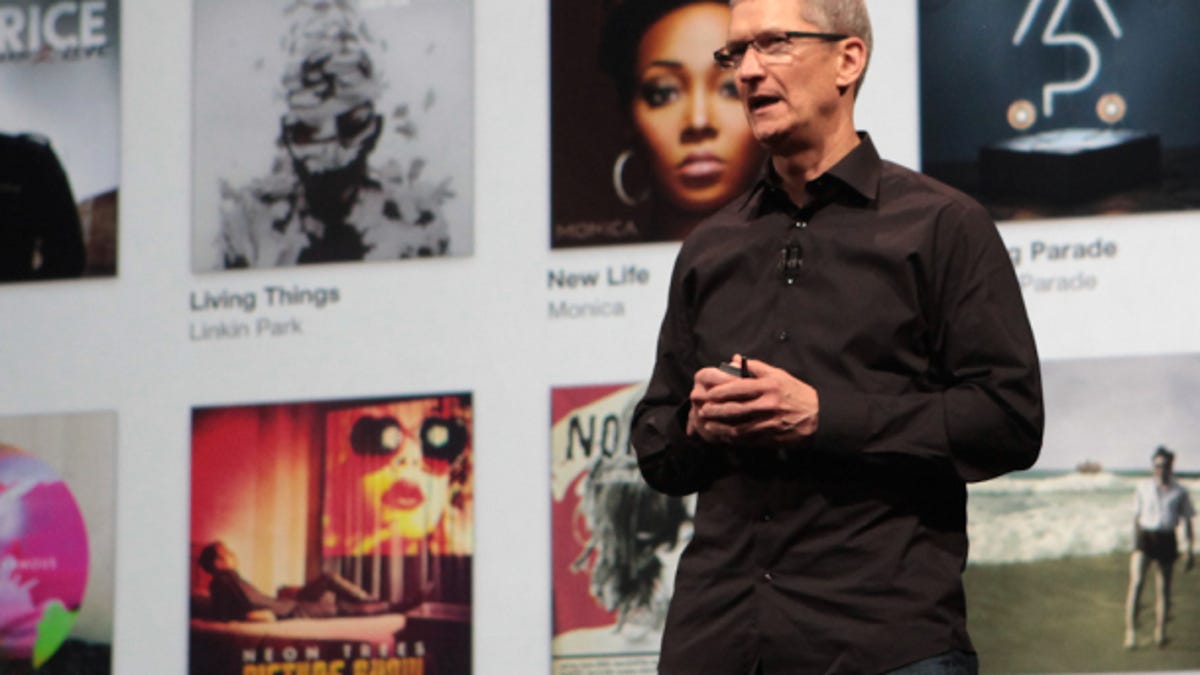Apple's ancient iPhones open new territories
Apple is using its older phones to play in emerging markets and attract first-time buyers to the iOS ecosystem and perhaps to pave the way for a new lower-cost iPhone.

Tim Cook's plan to attack the smartphone market from above and below seems to be working out, based on Apple's fiscal third-quarter earnings results.
In a surprise to analysts, Apple beat expectations, selling 31.2 million iPhones, compared with 26 million for the same quarter in 2012. Given the last new iPhone was introduced in September 2012, and Samsung, HTC, Nokia, and others have been cranking out new, feature-rich devices in every tier of the market, the numbers indicate that the iPhone still has extraordinary cachet.
At the higher end of the market, Cook believes that Apple still has headroom, and is banking on it with the expected introduction of the latest and greatest iPhone in the fall. "I don't subscribe to the common view that the high end of the smartphone market has hit its peak," Cook said during the earnings call. Gartner predicts that about 2.5 billion computing devices will be sold in 2014, and 75 percent will be mobile phones.
While Cook said the iPhone 5 was the most popular iPhone in Apple's sparse product mix "by far," the ancient iPhone 4 (first available June 24, 2010) and 4S (first available October 14, 2011) models haven't been eviscerated by the herd of lower-cost smartphones from rivals.
Sales of the older iPhones contributed to the decline in the average selling price, which fell 4 percent year-over-year, but provided cover in the overall financial results, beating even internal estimates for the quarter.
Apple wasn't specific about how iPhone sales were distributed across the sparse product line, but a June 2013 survey by Consumer Intelligence Research Partners (CIRP) found that 18 percent of sales were for the iPhone 4, 30 percent for the iPhone 4S and 52 percent for the iPhone 5.
Apple is using its older phones to gain share in emerging markets and attract first-time buyers to the iOS ecosystem. Sales of the iPhone were up 400 percent in India, up 60 percent in Turkey, up 140 percent in the Philippines. China, however, was weaker in the quarter, with sell-through down 4 percent from the year-ago quarter, driven more a drop in Hong Kong sales than in mainland China.
"I continue to believe that in the arc of time China is a huge opportunity for Apple, and I don't get discouraged over a 90-day kind of cycle that can have economic factors and other things in it," Cook said.
Perhaps Apple is also collecting ample data on how it might distribute and price a more contemporary and cheaper phone to replace the aging iPhone 4 and 4S in the coming months.
"If you look underneath the iPhone numbers, we saw significant growth clearly in the lower price point year-over-year, which for us is iPhone 4," Cook said during the earnings call. "It's still a great product. And that was one of things, and the iPhone 5 doing well, that allowed us to significantly beat what I think is the vast majority of expectations out there for iPhone sales. Obviously, if we do a lot better at the low end, and we sell sell more of those, the mix changed....If you look at 3GS, last year it was in a comparable position as the entry level product. We are selling a lot more iPhone 4 than the 3GS. We both understand the market much better, and have a finger on the pulse of different countries so far this year. I am sure we are getting better and better over time. How that will change mix over time, I don't know."
Of course, Cook wasn't about to break the code of silence. "We are working on some stuff we are really proud of, and we'll see how it does, and announce things when they are ready," he said.

